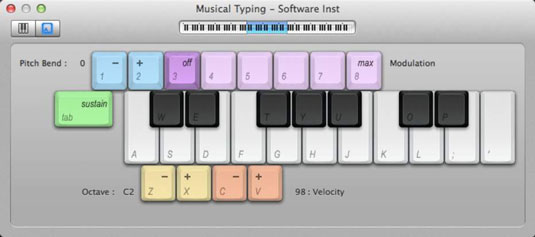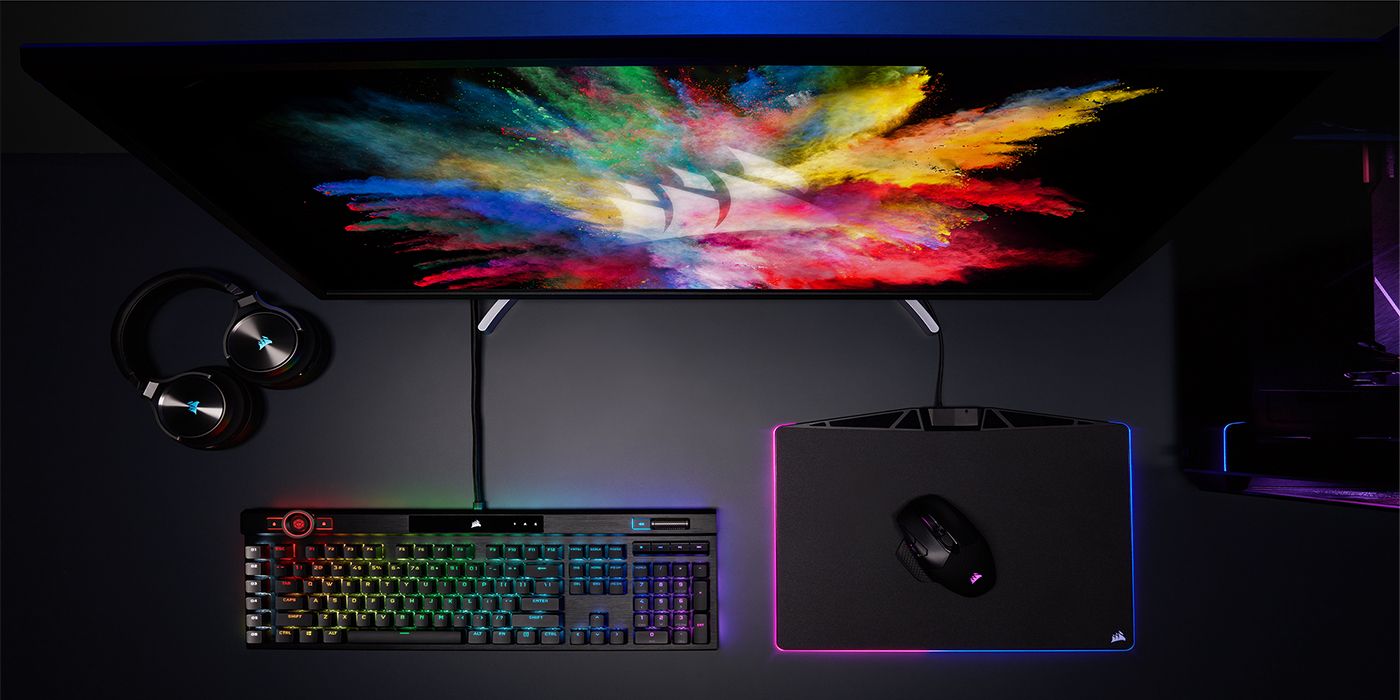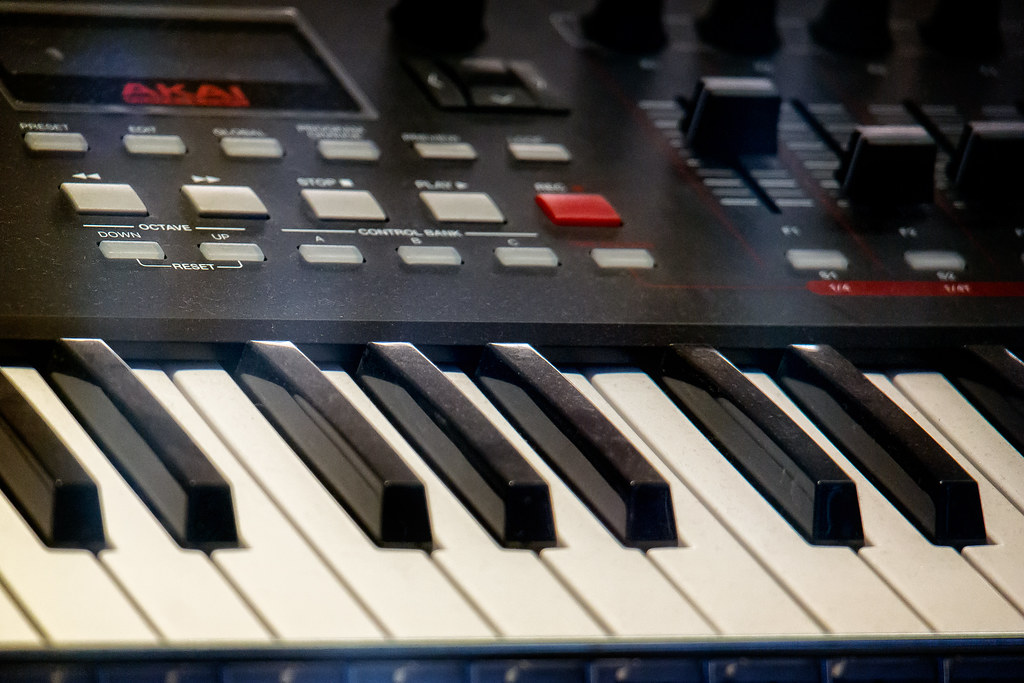

Online Storeįor orders and purchases placed through our online store on this site, we collect order details, name, institution name and address (if applicable), email address, phone number, shipping and billing addresses, credit/debit card information, shipping options and any instructions. We use this information to address the inquiry and respond to the question. To conduct business and deliver products and services, Pearson collects and uses personal information in several ways in connection with this site, including: Questions and Inquiriesįor inquiries and questions, we collect the inquiry or question, together with name, contact details (email address, phone number and mailing address) and any other additional information voluntarily submitted to us through a Contact Us form or an email. Please note that other Pearson websites and online products and services have their own separate privacy policies. This privacy notice provides an overview of our commitment to privacy and describes how we collect, protect, use and share personal information collected through this site. Pearson Education, Inc., 221 River Street, Hoboken, New Jersey 07030, (Pearson) presents this site to provide information about Peachpit products and services that can be purchased through this site. The instrument reacts to the Note On event by producing a C3 note, and the velocity determines The pitch of the note (C3) and the velocity of the note (which indicates how fast the key was struck, measuring how hard theīy connecting the MIDI controller keyboard to Logic, you can use Logic to route the MIDI events to a virtual software instrument There are two basic types of MIDI events: MIDI note events that trigger musical notes, and MIDI continuous controller (MIDIĬC) events that control parameters such as volume, pan, or pitch bend.įor example, when you hit C3 on a MIDI controller keyboard, the keyboard sends a Note On MIDI event. To produce sound, MIDI events need to be routed to a software instrument or to an external MIDI instrument.

They contain note information such as pitch and velocity. Punched holes in piano rolls, MIDI events do not contain audio. MIDI sequences can be compared to piano rolls, the perforated paper rolls once used by mechanical player pianos.

TV and film orchestra composers use MIDI to sequence large software sound libraries, getting ever closer to productions that Today, MIDI is extensively used in the music industry, from cell phone ringtones to major-label albums. MIDI (the Musical Instrument Digital Interface) was created in 1981 to standardize the way electronic musical instrumentsĬommunicate. Merge a MIDI recording with an existing MIDI region.

This lesson takes approximately 60 minutes to complete.Logic 8_Files > Lessons > 04 Funky Groove_start.


 0 kommentar(er)
0 kommentar(er)
